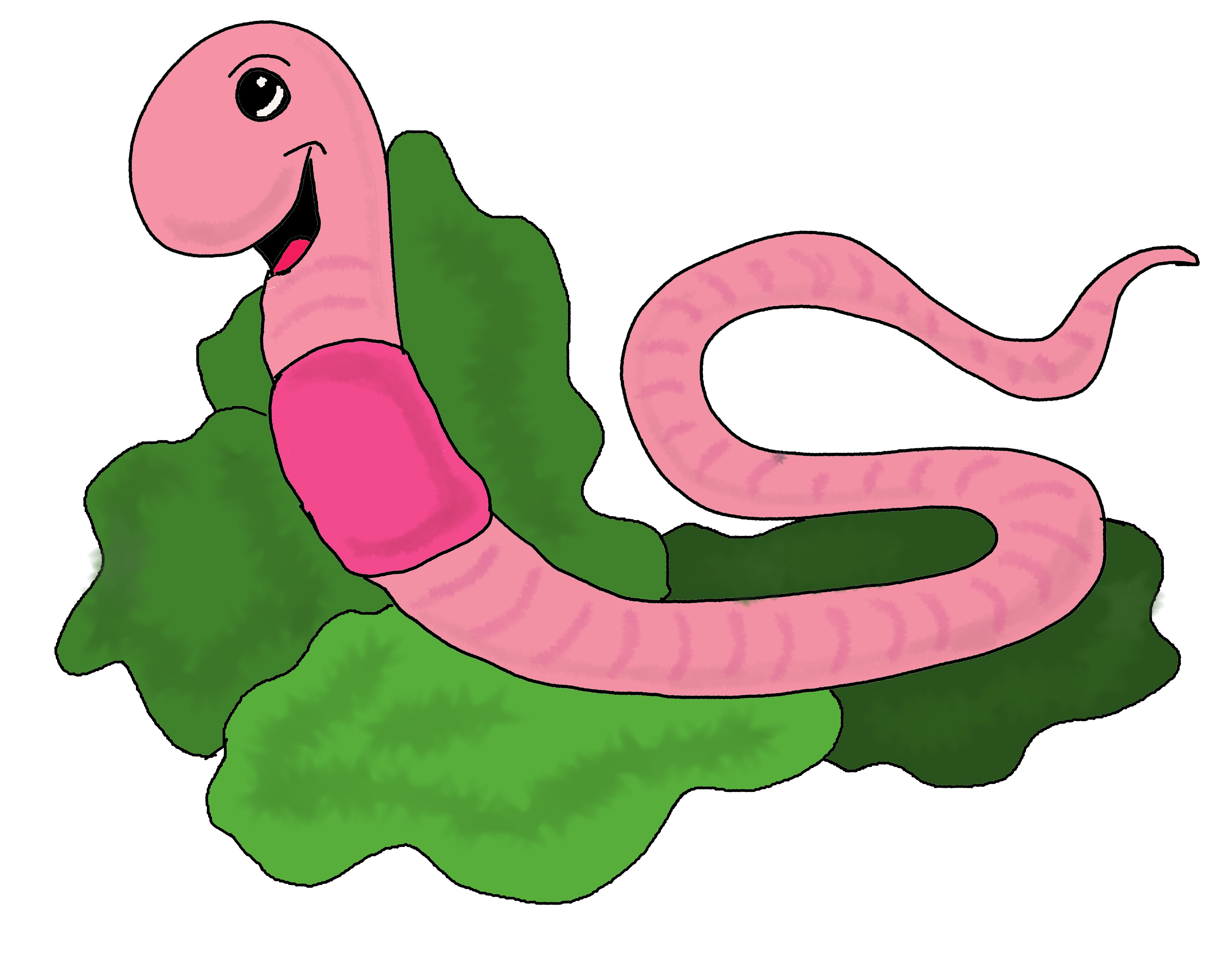In order to start a worm nursery bins, you’ll need to first purchase or harvest some cocoons. After that you will need to prepare their new bedding, plan and prepare what you’re going to feed them, and then do continual maintenance until harvest day! We’ll go into more detail for each step, but feel free to use the table of contents to skip to whatever step you are currently on.
Table of contents
Step 1: Harvest or Purchase
Purchasing Cocoons
I recently purchased 1,000 cocoons from another worm farmer. If you’re getting started and don’t want to pay full retail for worms, especially Red Wigglers, then buying cocoons might be a good place to start your vermiculture hobby! It’s very rewarding to watch them grow up in your worm nursery bins.
What size screen or mesh should you use to harvest worm cocoons?
1/8 inch screen will allow for the worm cocoons and some bedding to fall through. I use a 1/8 inch galvanized steel sheet on my 2014 Brockwood Worm Sifter as the 2nd screen.

Step 2: Prepare Bedding for you Worm Nursery Bins
Pre-composted material makes for great worm bin bedding. The worms do eat their bedding, so keep this in mind and don’t overfeed! I sift my compost to make sure I have enough finer material in the bin that the baby worms can eat, and then add some of the courser material like woodchips to provide some extra cover and moisture retention. You can also add some worm castings to the bin so you’re not restarting from 0 in regards to the microbial activity.
Selecting a bin for your grow out/nursery bin
I currently use the small mixing tubs (drywall mud pans) from Lowe’s. This link goes straight to Lowe’s and is not an affiliate link. I couldn’t find a similar product on Amazon that I liked. These mixing tubs from Lowe’s are easy to stack, move (full or empty), and are commonly used within the worm farming industry.
I also have 1 UNCO bucket since I bought a bunch of European Nightcrawlers from a guy in Oklahoma. I haven’t had any issues using the 1 UNCO bucket, but I don’t have enough to speak to the overall efficiency of the UNCO system. Maybe one day I’ll get there!
Step 3: Feeding your nursery bins
What do baby worms eat?
Baby worms eat the same thing that full grown worms eat. The only difference is their size and ability to consume that food. Their mouths are going to be considerably smaller than their adult counterparts, so keep this mind when feeding.
Do baby worms need grit?
Yes, baby worms need grit in their gizzard, just like your adult worms. Grit helps your worms digest their food more efficiently. Here’s a list of grit sources for your worms:
- Calcium carbonate
- agricultural lime
- Ground up egg shells
- Ground up oyster shells
- Sand
- Rock dust
- Coffee grounds
How to prepare food for baby worms?
Here’s a few ways to prepare food for your new worm nursery bin! The end goal is to give the baby worms something fine enough that the baby worms can actually eat it. Make sure you consider the size of the mouth and their overall body weight! Overfeeding will create undesirable conditions in your worm bin.
- Freeze feedstock ahead of time
- Blend/process food into a puree, paste, sauce like consistency (easiest form for the babies to eat)
- Chop up the food waste

We stick older bananas and other produce in the freezer before feeding the worms. Freezing the food has multiple benefits, such as, killing any hidden pests or their eggs, begins to break down the cell walls of the produce and begin decomposition with less odors, and it can add moisture content when thawing out in the worm bin.
Step 4: Grow Out Bin Regular Maintenance
There’s a few things that we have to monitor on a regular basis. These tasks applies to nursery, breeder, and casting production bins. Here’s a list of your regular worm farm chores:
- Check moisture – most worm farmers like to use 70%-80%
- Bedding temperature – ~72 degrees Fahrenheit is ideal
- Fluff your worm bin – allows you to see the worms, turns material, aerates the bin contents
- Check amount of food – are the worms eating it at an acceptable rate?
- Check for pests, molds, etc
- Track milestones – start date, last maintenance date, harvest date
Step 5: Harvest Day!
We’re back to step 1 essentially. Use a 3/32 inch screen to separate the worm castings from the worms and bedding. Any new or unhatched cocoons won’t fall through a 3/32 inch screen. The 1st screen on my Brockwood sifter (picture earlier in this article) is 3/32 inch, and I’ve never found worms nor cocoons in the bucket under that screen.
Take your cocoons and add them to their new nursery bins and repeat this process to continue growing your worm population!


0 Comments